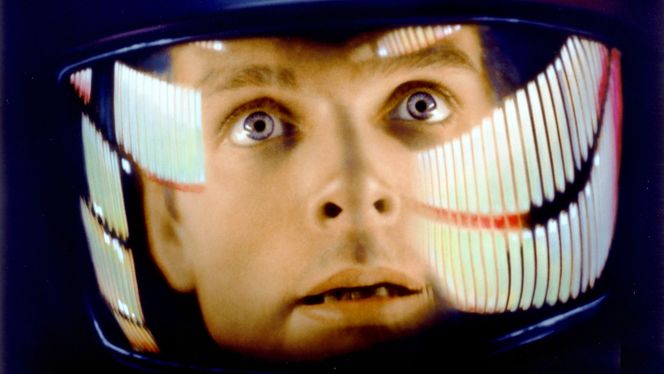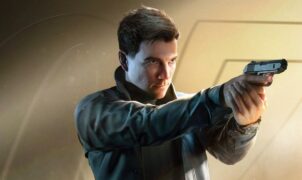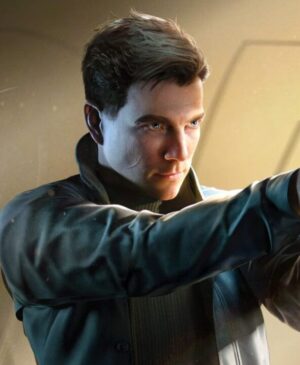CINEMA NEWS – 45 years after its first screening in Hungary (1979), the Hungarian audience can see Stanley Kubrick’s Oscar-winning masterpiece on the big screen again , the 2001: A Space Odyssey. The digitally restored version of the sci-fi philosophizing about the origin and future of humanity, the first encounter with alien intelligence and the exploration of outer space, spanning time and space, will be screened this September at the Budapest Classic Film Marathon.
Few films are made with the intention of not being easily decoded. However, in the case of 2001: Űorodysszeia, also accompanied by the music of the Hungarian composer György Ligeti, the creators specifically aimed for this. “If anyone fully understands 2001, then we have failed. We wanted to ask more questions than answer them.” – explained the famous science fiction author, Arthur C. Clarke, who wrote the screenplay alongside Stanley Kubrick. In their jointly written story, they researched the origin of human life, which they believe had something to do with the conscious intervention of extraterrestrial intelligence. However, no more specifics were formulated so that everyone could let their imagination run free and create their own interpretation of what they saw in the film.
Stanley Kubrick decided in 1964 to make a science fiction film after the great success Dr. Strangelove, although he was terribly disturbed the flood of science fiction in the cinemas at the time, striving for cheap popularity, trite and purely based on scares. He, on the other hand, wanted to make a film that tells about the history of humanity and the wonder of the infinite outer space while remaining grounded in reality. He found the right co-creator for this in the writer Arthur C. Clarke, who, in addition to his literary successes, was also known as a professor of physics and mathematics. Earlier, he developed the concept of telecommunications satellites orbiting the Earth. The basis for the joint work was Clarke’s story published under the title The Sentinel, in which astronauts find an object from alien beings on the moon. But this work only acted as an inspiration to them. With the film born at the end of their four-year collaboration and the parallel book of the same title, they set a completely new direction for the sci-fi genre. Both of them were sufficiently maximalist, hair-splittingly precise, thorough, factual specialists, who at the same time proved to be fantastic visionaries when it comes to future technologies. They predicted and demonstrated video calling, the use of tablets, and the operation of artificial intelligence, which are now a part of everyday life, but were only figments of the imagination just sixty years ago. However, they made a wise decision by only hinting at the extraterrestrial life form, instead of showing it head-on on the screen. This was partially limited by their financial possibilities, because their money for the film had already run out before they could come up with a striking visual design for the appearance of the aliens. On the other hand, the famous cosmologist Carl Sagan also suggested them not to try to depict them, because they probably have a completely different shape than what we imagine on Earth.
In the preparation of the film, other famous science fiction writers were also involved, who helped to put together the complex mosaic of the story with their advice. Ray Bradburry, Lester del Rey, Isaac Asimov and Samuel R. Delany all supported the creators so that a truly large-scale, mature and authentic work could be created, the director kept his eye on all the small details from the first minute. Stanley Kubrick was everywhere and decided everything himself. Starting from the selection of the actors, from the set designs to the design of the material for the costumes, from the creation of visual effects models, to the finalization of camera setups, or the selection of furniture. This pursuit of perfection culminated in the construction of a complete moon crater and several tons of sand transported to the location of the recording.
Although many things were left out of the film, which was shot in two stages for almost a year – including the 10-minute black and white opening in which experts would have given their opinion on whether extraterrestrial life exists – the finished version still showed overwhelmingly and realistically what the space that surrounds us is like, which humanity was just beginning to conquer at the time. Only in the year following the premiere of 2001: A Space Odyssey did the first man walk on the moon, which is still the case that it didn’t happen and that the images broadcast on TV actually contained unused, never-seen scenes from Kubrick’s film.
















Leave a Reply